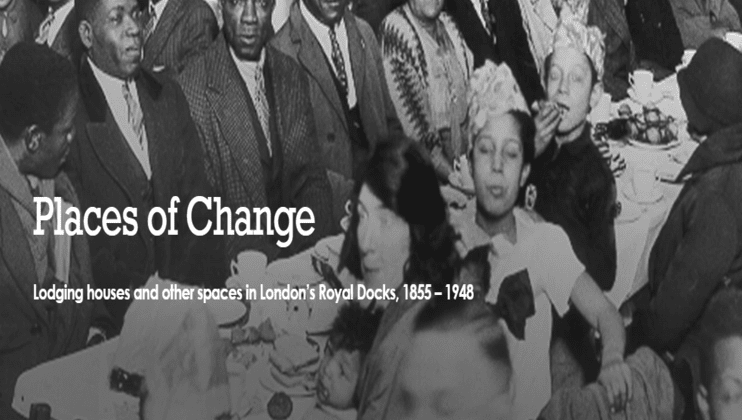The “Strangers” Home
New documentary exploring the rich history of London's Royal Docks.

A new documentary film from Thames Festival Trust explores how the area surrounding London’s Royal Docks became one of the most ethnically diverse places in Britain during the late 19th and early 20th centuries. The “Strangers” Home speaks with descendants of this community of sailors and their families to try to gain some understanding into their lives. The film is a component of Places of Change, part of the Heritage programme of Thames Festival Trust. It is directed by Fotis Begklis and supported by The National Lottery Heritage Fund and the Royal Docks Team.
Working with academics from the Mixed Museum and the University of Bristol, The “Strangers” Home seeks to better understand the reaction from government and press at the time, and why certain voices don’t appear in archives or museums. It also reflects on the legacy for present day Britain and the way that it continues to manifest itself in various parts of society.
Prior to the 1850s, the area we now know as the Royal Docks, situated approximately four miles east of the City of London, was little more than a barren strip of marshland on the banks of the Thames. Over 90 years the place changed beyond all recognition. Three huge new docks were built to cater for increasing trade resulting from Britain’s expanding empire. As well as goods coming from all over the world, sailors from across Africa, the Arabian Peninsula, Asia, and the Caribbean also came working on board the ships. Many of them stayed: some for short periods, some for the rest of their lives – starting families, finding work, and building communities in the rapidly developing area around Canning Town. The community of Canning Town was constantly in flux, a poverty-stricken working-class centre of cosmopolitanism, there was friction and friendship, racism and resistance.
Yet, sailors from across the empire were paid up to one eighth of their British or European counterparts. These people faced racism, were scapegoated in the press and in official legislation as the cause of Britain’s problems. Following the First World War, riots against the dockside communities brought the situation to a peak. In reaction, race became part of immigration policy of the British government for the first time, as they sought to restrict and control a population of people they termed ‘aliens’ and prevent them from mixing with local white people. By the time of the opening of the King George V dock in 1921, part of the area had become known as Draughtboard Alley due to the racially mixed make-up of the neighbourhood.
The film is available to view on https://youtu.be/Oab-O6TM1zg
Further Information: Thames Festival Trust